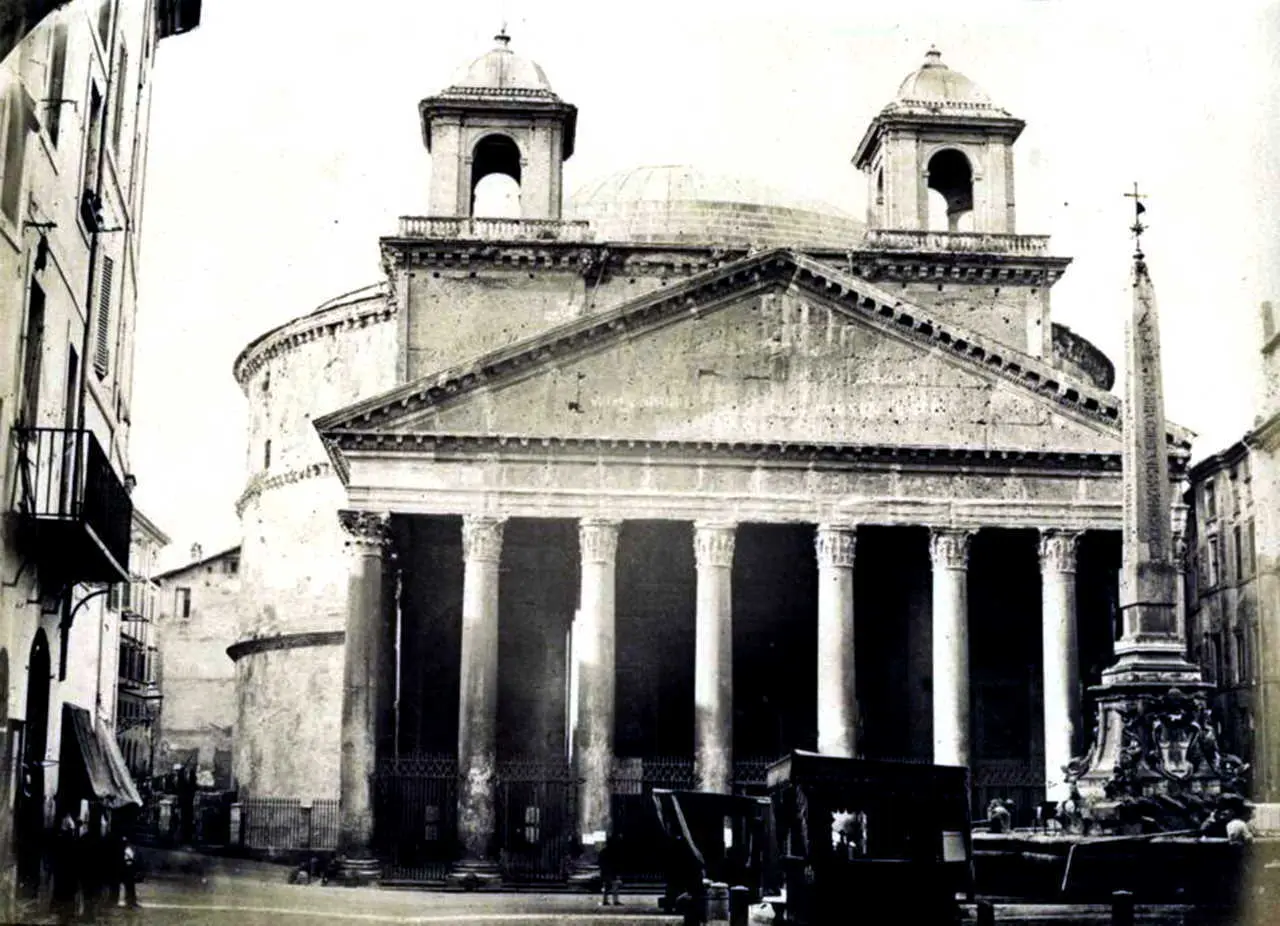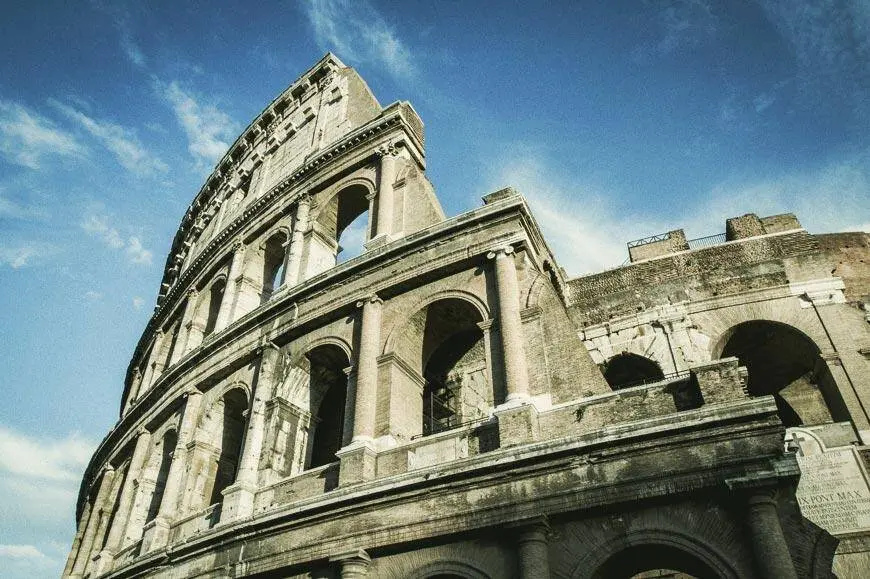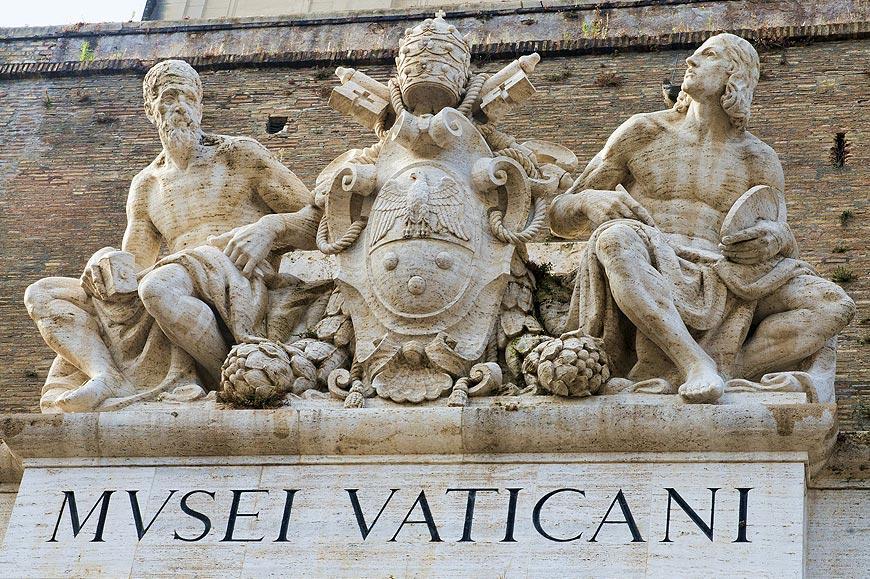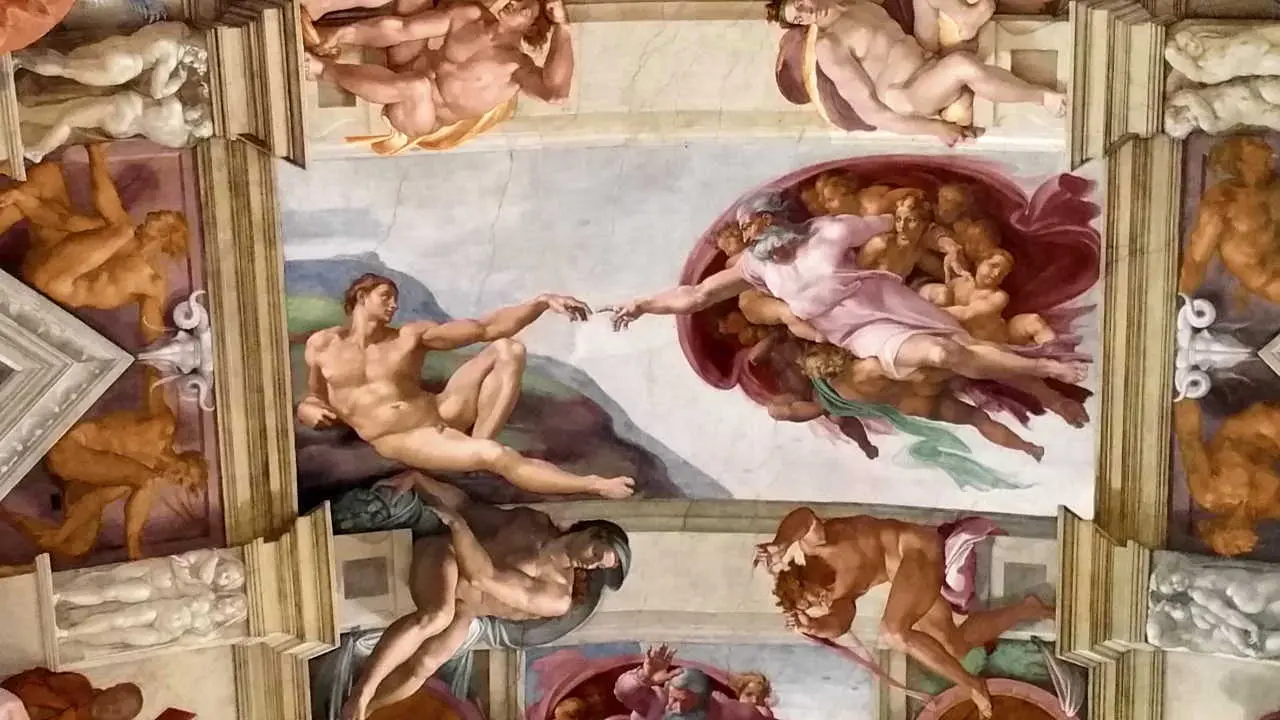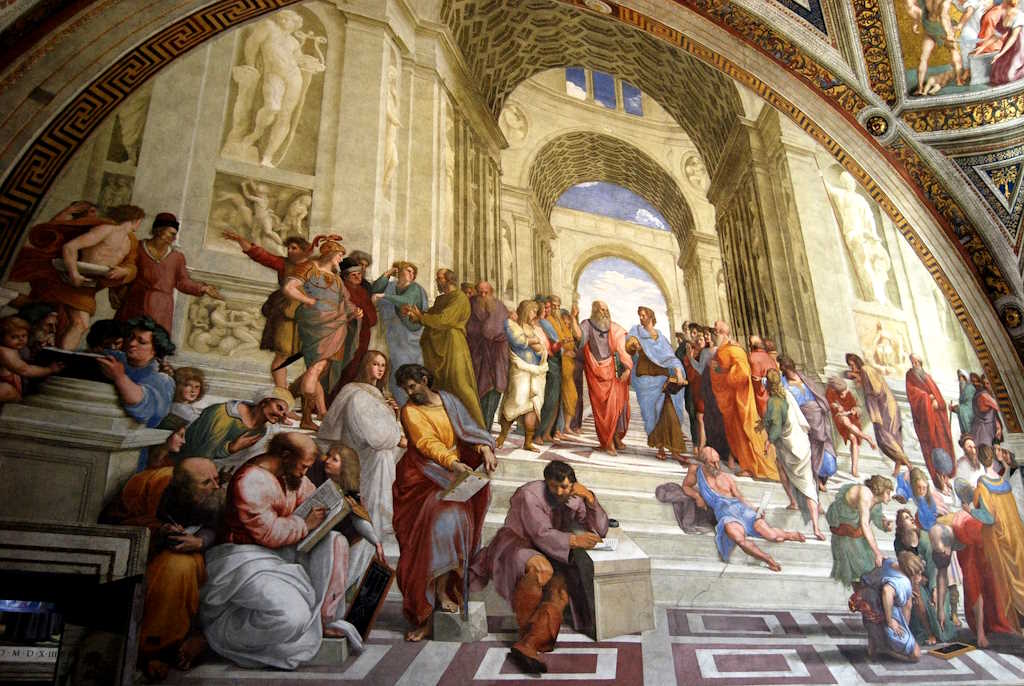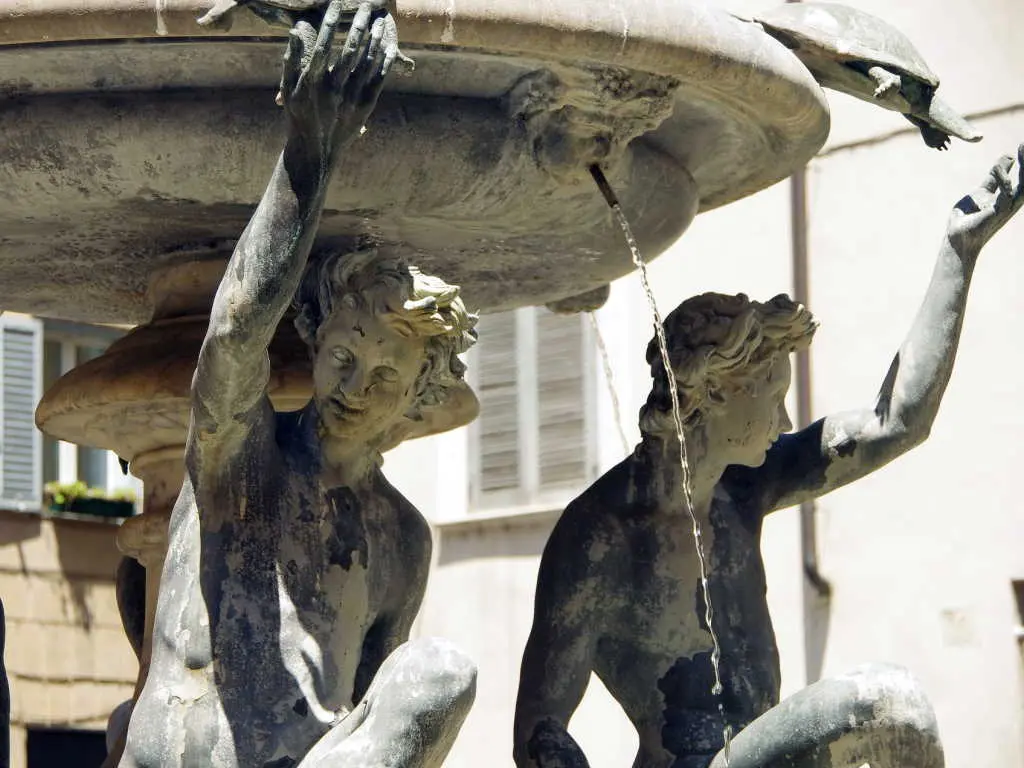Pantheon
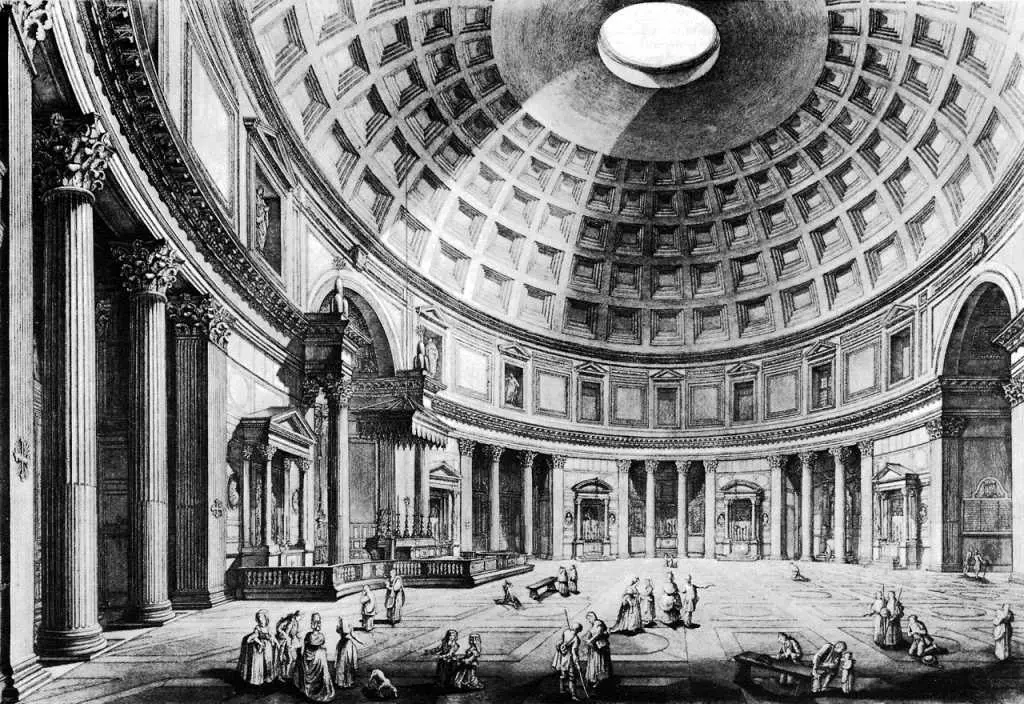
The Pantheon
Great masterpiece of Roman architecture. It is one of the ancient monuments best preserved in the world. We suggest a visit around noon, when the sun enters from the open eye on the top of the dome. Built by Agrippa and then rebuilt by Hadrian in 130 A.D.
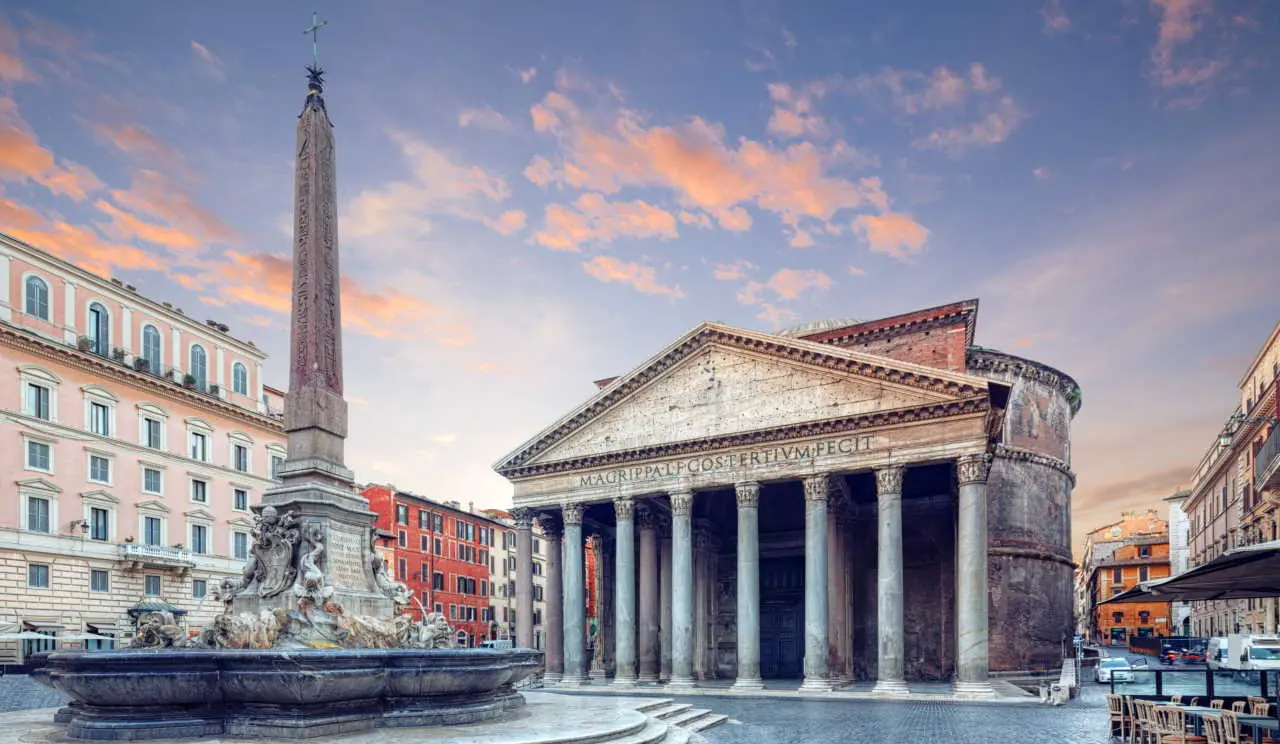
In 27 b.C., Agrippa, son-in-law and architect of Augustus, erected the Pantheon on the site where Romolus according to the legend ascended to Heaven during a ceremony. It was a common temple rectangular in shape, medium size, conceived as a place of worship for various divinities.
Through the years the temple suffered fires and other disasters, it was restaured several times till the final reconstruction by the emperor-architect Hadrian between 118 and 128 A.D.. The pronaos with its sixteen columns, the enlargement of the rotunda and the dome, the largest existing one built in brickwork up to our time, are for sure by Hadrian. Hadrian himself wishing to commemorate Agrippa replaced word for word on the temple’s façade Agrippa’s original inscription: “Marcus Agrippa, son of Lucius, Consul for the tird time, built”.
In 608 the emperor Foca handed it over to Pope Boniface IV who consacreted it as catholic church: Sancta Maria ad Martyres, masterpiece of the Roman architecture and first example of pagan temple transformed into catholic church. The temple stood originally on a base having a high staircase surrounded by a colonnaded portico on a lower level than the modern one. Originally the dome was externally covered by gilt bronze tiles stolen in 663 by the Emperor of East Constant II and later substituted by a lead covering in 735. The same happened to the bronze covering of the porticoes which was removed by the pope Urban VII and used for the casting of cannons and for the baldachin of St.Peter. Not many things were added to the original architecture: the church decorations, the tombs of great artists (Raphael) and those of the Kings of Italy. Bernini added two ugly bell towers called “asses’ears” demolished at the end of the 1800’s.
Inside the Pantheon there are also honorary busts which Pius VII had removed and transported to the Capitole, inside the Gallery (collection of busts of illustrious men) Nowadays the lack of coverings reveals the original brickwork structure with weight and thrust which support the ring. The pronaos hides the cupola from sights till the entrance in the space determined by a sphere which can be inscribed in a cylinder, finished and unfinished together. The floor is covered with polychromatic marbles so as the walls which support the huge cupola culminating in the great eye at the summit, 9mt wide, which illuminated the whole interior and served for the smoke of the sacrifices.
The axes of the building contemplates a small divertion from the traditional north-south direction: every year on the 21st June at 12,00am, summer equinoce, the sun through the eye invests the visitors entering from the main door.
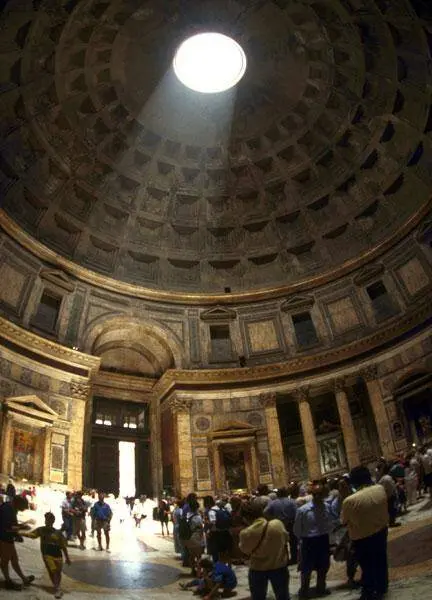
Piazza della Rotonda
Dominated by the Pantheon all around there are buildings of the 1700’s built on the ruins of the ancient portico, market-place till the first half of the 1900’s. At the centre there is a beautiful fountain by della Porta with a small obelisk
This square is right in front of the Pantheon and this grandiose monument characterizes it to such an extent that many Romans don’t know even its name: they call it simply “square of the Pantheon”
In the middle of the square, characterized by the façades of the XVIIIcentury’s palaces which surround it, stands the elegant marble fountain decorated with dolphins and maskarons made in the time of Clement XI, who had it surmounted with an obelisk in 1711. The fountain was projected by Della Porta.
Two curiousities are note worthies: a plaque on the wall of the edifice right in front of the Pantheon which reminds us when the square , in the XVIII century, was cleared from taverns and brothels by the papal authority; another plaque, on the façade of the palace that houses today the hotel “Del Sole”, reminds that the poet Torquato Tasso overnighted here. The English movie director Peter Greenaway chose the square as set for many sequences of his movie ” The Belly of an Architect “.
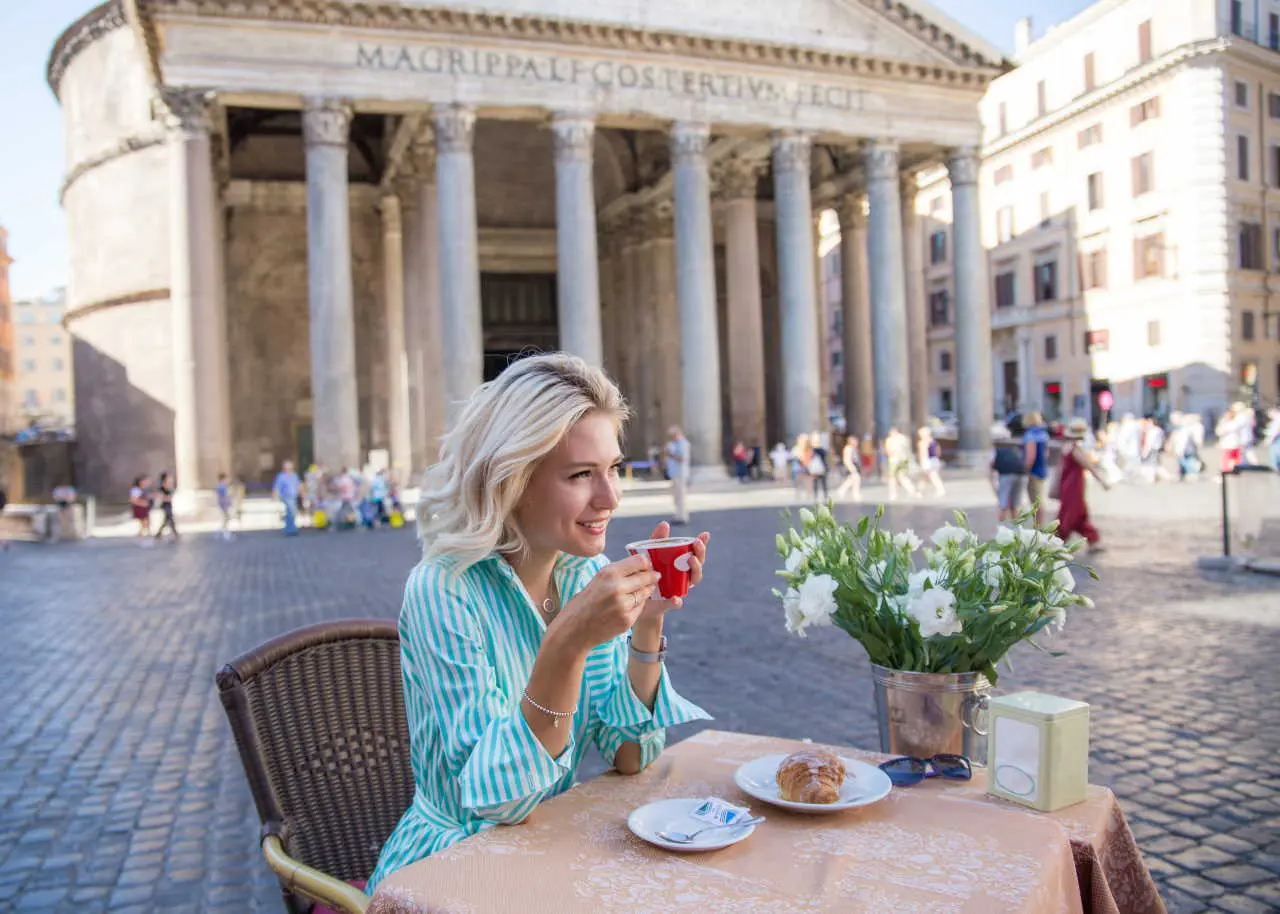
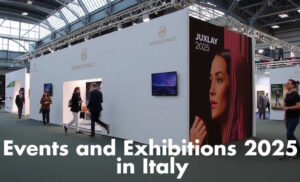
Events and Exhibitions 2025 in Italy
2025 in Italy promises to be a year full of events and exhibitions: from major cultural festivals to art exhibitions, from historical celebrations to meetings with the most innovative expressions of design and technology, the calendar is full of opportunities to explore the creativity and traditions of our country. Whether you are passionate about art, music, fashion, history or gastronomy, you will surely find something extraordinary to discover.
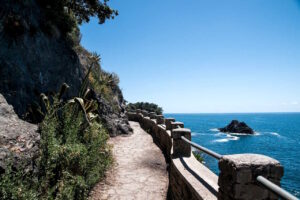
Liguria, where the sea embraces the mountains
A narrow strip of land nestled between the mountains and the sea, Liguria is a region that tells its story through contrasts. Every glimpse is a painting, every alley a tale, every flavor a narrative.
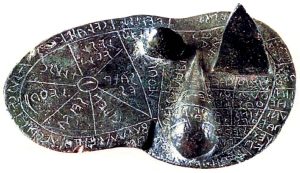
The Etruscans, an enigmatic people from central Italy
The Etruscans represent one of the most enigmatic and influential civilizations of antiquity, a people who inhabited central Italy (particularly the region corresponding to present-day Tuscany, along with parts of Lazio and Umbria, which the ancients called Etruria)
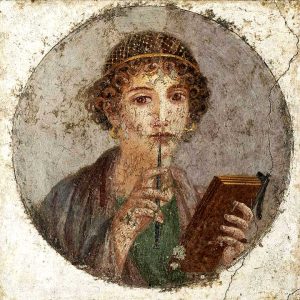
Major Artworks in Italy and Where to Find Them
The main works of art in Italy that every culture lover should see at least once in their life, with directions on where to find them: from Michelangelo to Caravaggio, from Leonardo da Vinci to Botticelli
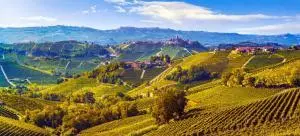
Popular Destinations in Italy – Discovering the Langhe
The region of Langhe inItaly, a UNESCO World Heritage Site, it is renowned for its patchwork of vineyards, forests, pastures, perched medieval villages, and castles. A microcosm of biodiversity, culture, and flavors where tradition and innovation blend in a unique way, symbolizing how nature and humans can collaborate harmoniously to create a distinctive environment.
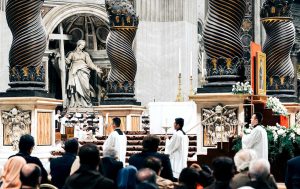
Jubilee 2025 in Rome – A Guide for Contemporary Pilgrims
The Jubilee 2025 will not only be a time of deep spirituality but also an opportunity to boost tourism and the economy of Italy’s capital
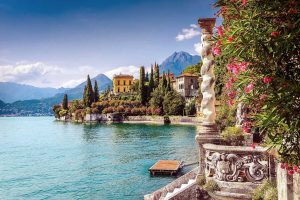
Popular destinations in Italy – Lake Como
Located in the heart of the Lombardy region in Italy, nestled between the Alps and the Po Valley, Lake Como has been described as the most beautiful lake in the world
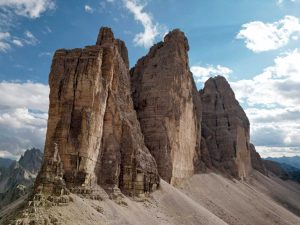
Dolomiti, the mountains in Italy carved by the gods
A unique natural treasure in the world, where breathtaking landscapes, rich biodiversity, and cultural heritage come together in an extraordinary combination. These are the Dolomites. Every visit to these mountains is an opportunity to connect with majestic nature and discover a culture deeply rooted in the region.
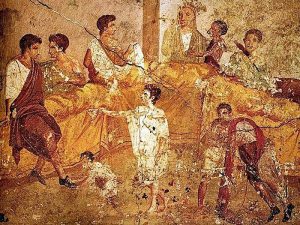
Trimalchio’s Banquet – Ancient Romans at the Table
Petronius, a writer who lived during the reign of Emperor Nero, left us with an unforgettable description of the banquet of the nouveau riche Trimalchio, a rude and exuberant guest. Even though the account is deliberately exaggerated, focusing on emphasizing the character’s vulgarity, it offers us one of the rare chances to get to know the Roman’s culinary taste.
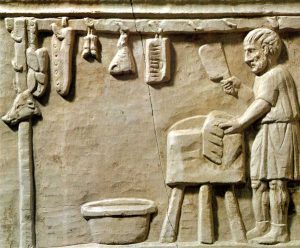
Ancient Romans at the table
Food and Culinary Habits in Ancient Rome. The daily life of ancient Rome is deeply reflected in the eating habits of its inhabitants, revealing a world of contrasts between sobriety and opulence.
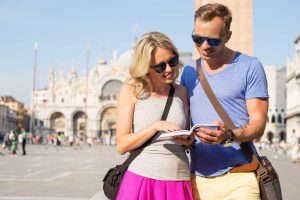
Venice, Essential Guide for Travelers
Explore the magic of Venice with our complete traveller’s guide. Discover the most iconic places such as Piazza San Marco and the Rialto Bridge.
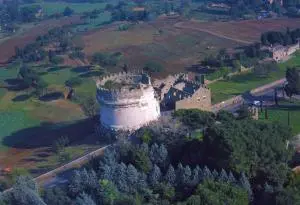
Ancient Appian Way, the highway of Ancient Rome
Known as the “Queen of Roads,” the ancient Appian Way in Rome is one of the most important engineering marvels of all time, a tangible testament to the greatness and mastery of Roman civilization.
Private Tours of Rome
-
Colosseum and Ancient Rome Private Tour
95,00€ – 209,00€The ideal tour to explore with a passionate guide the Roman Forum, Capitol Hill, Imperial Fora and the Colosseum
Rome | Walking Tour | Private Guide | 3 hrs.
Add to Cart This product has multiple variants. The options may be chosen on the product page -
Vatican Museums and Sistine Chapel Tour Pick-up and Drop-off
185,00€ – 415,00€Immerse yourself in the wonders of the Vatican Museums, the Sistine Chapel, and St. Peter's Basilica with a tailor-made tour, guided by industry experts.
Vatican Rome | Pick-up and Drop-off | Private Guide | 3 hours | Skip the line
Add to Cart This product has multiple variants. The options may be chosen on the product page -
Rome Private Tour by Car for 3 hours
118,00€ – 288,00€Tour of the main attractions of Rome by Car and Private Guide, without worry about the weather or long walks
Ask for PROMO code
Rome | Private Guide | By car | 3 hrs.
Add to Cart This product has multiple variants. The options may be chosen on the product page -
Private Tour Vatican Museums and Sistine Chapel
141,00€ – 278,00€Skip the line Private Vatican Tour, a fascinating 3-hours itinerary to admire the masterpieces of the Vatican Museums, Sistine Chapel, St Peter’s Basilica
Rome | Walking Tour | Private Guide | 3 hrs.
Add to Cart This product has multiple variants. The options may be chosen on the product page -
Vatican Museums and Sistine Chapel – Private Tour with Hotel Pick-up
163,00€ – 335,00€Enjoy an unforgettable experience discovering the wonders of the Vatican and Italian art, accompanied by our expert guides who will immerse you in the history and beauty of these unique places.
Vatican Rome | Pick-up | Private Guide | 3 hours | Skip the Line
Add to Cart This product has multiple variants. The options may be chosen on the product page -
Jewish Ghetto Trastevere Private Tour
67,00€ – 177,00€Private walking tour in the heart of Rome: the Jewish Ghetto, the Synagogue, Tiberine Island and Trastevere
Rome | Walking Tour | Private Guide | 3 hrs.
Add to Cart This product has multiple variants. The options may be chosen on the product page
